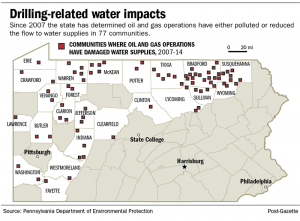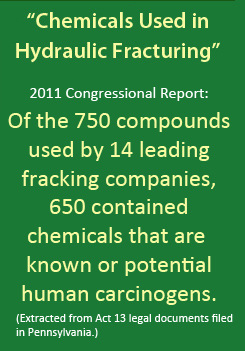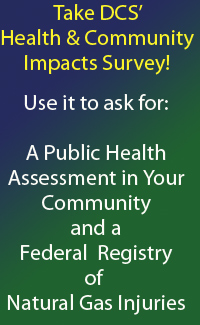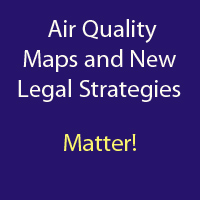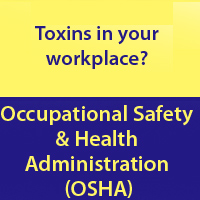The Natural Resources Defense Council is “Lifting the Veil on Oil and Gas Company Spills and Violations.”
EXCERPT: “Sadly, in most of the United States, neither state nor federal agencies are providing information on violations in a transparent, easily accessible, or comprehensive way.
Corporations aren’t providing this information either.”
